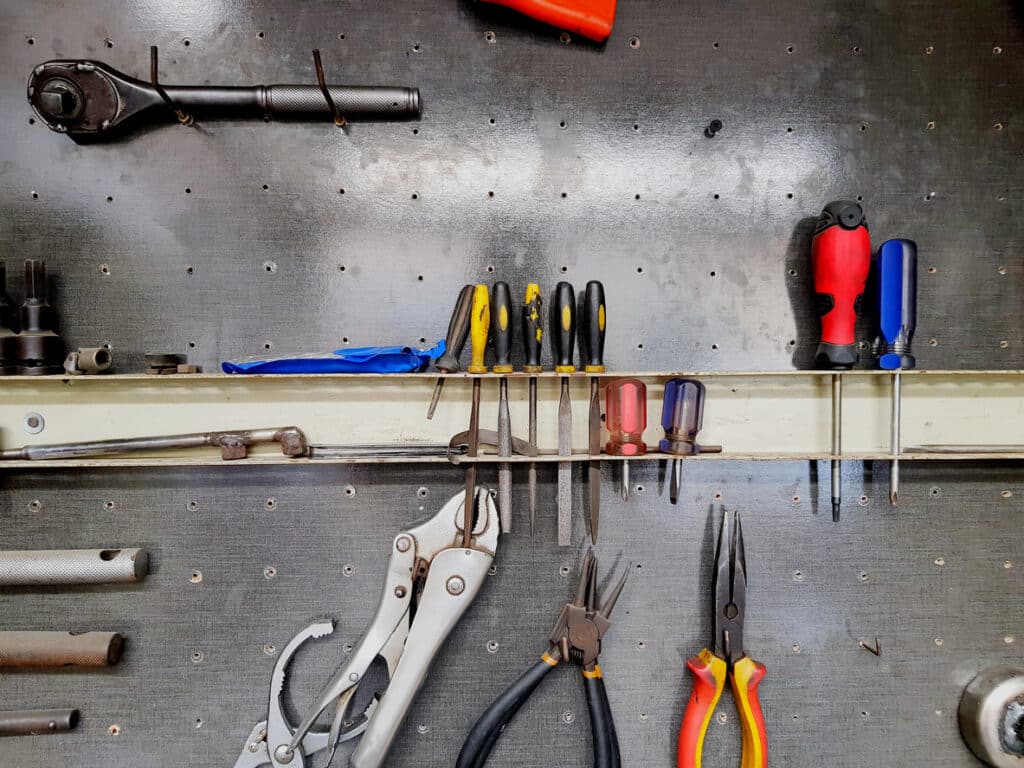
- Massive Range
- FREE UK Delivery
- Rapid Dispatch
- Massive Range
- FREE UK Delivery
- Rapid Dispatch
- Massive Range
- FREE UK Delivery
- Rapid Dispatch
Home » The Magnetism of 430 Grade Stainless Steel: What Attracts and What Doesn’t?

In the world of manufacturing and construction, the magnetic properties of materials often play a pivotal role in application and functionality.
One such material, the 430 grade stainless steel, is renowned for its magnetic features. We often get asked about what would and what wouldn’t stick to it. Well this article aims to answer that particular question.
Let’s get into it….
A deeper understanding of metallurgy is essential to appreciating the magnetism present in 430 grade stainless steel. In metals, magnetism is caused by the alignment of electrons.
The majority of stainless steel is composed of iron, chromium, and a mix of other elements. Stainless steel’s corrosion resistance is attributed to the presence of chromium. In terms of stainless steels, the 430 grade specifically belongs to the ferritic family. Ferritic stainless steels are iron-chromium alloys with cubic crystal structures. Its magnetic properties are a result of this structural distinction.
Due to their unpaired electrons, iron atoms in stainless steel 430 grade have a natural magnetic moment. Atoms act like tiny magnets. It is possible for these tiny atomic magnets to cancel each other out in some materials, resulting in no net magnetism. In stainless steel 430 grade, they align in a way that boosts the magnetic field, making it magnetic.
It’s also worth contrasting this with austenitic stainless steels, such as the commonly used 304 and 316 grades. Even though these grades contain iron, they feature a face-centered cubic structure, which causes a different electron arrangement, resulting in little to no magnetic properties when annealed.
430 grade stainless steel’s magnetism has significant practical implications. Manufacturers and end-users alike need to understand this magnetism due to its use in magnetic tools and equipment, as well as its preferred choice for certain kitchen appliances. Making informed choices ensures that the final product is both functional and durable.
Due to its magnetism, 430-grade stainless steel attracts a variety of ferrous metals. Inherently magnetic, ferrous metals contain iron. Among these metals are iron itself, nickel, cobalt, and their alloys. In general, carbon steels, alloy steels, tool steels, and stainless steels from the ferritic class will adhere to 430-grade stainless steel surfaces due to the magnetic interaction. It is primarily everyday items, such as iron nails, steel wool, some coins, and hardware tools, that will be attracted to the surface of 430-grade stainless steel.
In contrast, several metals and materials are non-ferrous and will not be attracted to 430 grade stainless steel. Because they do not contain iron, aluminum, copper, brass, lead, tin, and zinc are not magnetically attracted. The non-ferrous metals gold, silver, and platinum are also non-ferrous and will not stick to a magnetized surface.
Metals and non-metals will, of course, not be attracted to each other. Austenitic stainless steels, such as the popular 304 and 316 grades, are nonmagnetic in their annealed state and will not be attracted to 430 grade stainless steel. Despite their inherent non-magnetic properties, certain processes can cause these materials to exhibit a certain amount of magnetism.
Due to their non-metallic natures and lack of ferrous content, materials such as wood, plastic, glass, and textiles will also be unattractive.

Objective: Understand and validate the magnetic properties of 430 grade stainless steel through a simple DIY test.
Materials Needed:
Steps:
Clean the Surface: Ensure that the 430 grade stainless steel sample is clean. Wipe away any dirt or debris to get accurate results.
Prepare the Test Area: Lay the 430 grade stainless steel flat on a table or workbench. If you have a non-magnetic material for comparison, place it next to the steel.
Initial Magnet Test: Hover the magnet above the 430 grade stainless steel without touching. You should feel a slight pull if it’s genuine 430 grade due to its ferromagnetic properties.
Contact Test: Gently place the magnet on the surface of the 430 grade stainless steel. If the magnet sticks firmly, it confirms the material’s magnetic properties.
Comparison Test (Optional): Now, try the magnet on the non-magnetic material. The magnet should not stick or show any attraction. This step is to emphasize the difference in magnetic properties.
Document Your Findings: Take note of how the magnet interacts with the 430 grade stainless steel. You can use this as a reference for future comparisons or if discussing with others.
Analysis: Due to its ferritic structure, stainless steel 430 grade is magnetic by nature. Magnets that stick confirm their ferromagnetic nature and grade. The 304 stainless steel grade, on the other hand, is non-magnetic in its annealed state and would not show this attraction.
It is crucial to understand the magnetic properties of different stainless steel grades when selecting materials for specific applications. Within the family of stainless steels, the 430 grade stands out due to its inherent magnetism.
Our DIY guide demystifies the process of verifying this property. You can ensure optimal results and long-lasting performance by knowing the characteristics of 430 grade stainless steel as you embark on projects requiring its durability and magnetism.
While DIY tests can be indicative, professional verification might be necessary for critical applications or definitive results.
As always, thank you for checking out our blog. We hope that this helps you with your project.
Please also check out the other articles in our helpful guide series. We have written about aluminium sheeting and checker plate recently to name but two of our articles.
We are also proud to sell this product on our highly popular eBay store, check us out there too.
If you have any further questions, feel free to contact us.

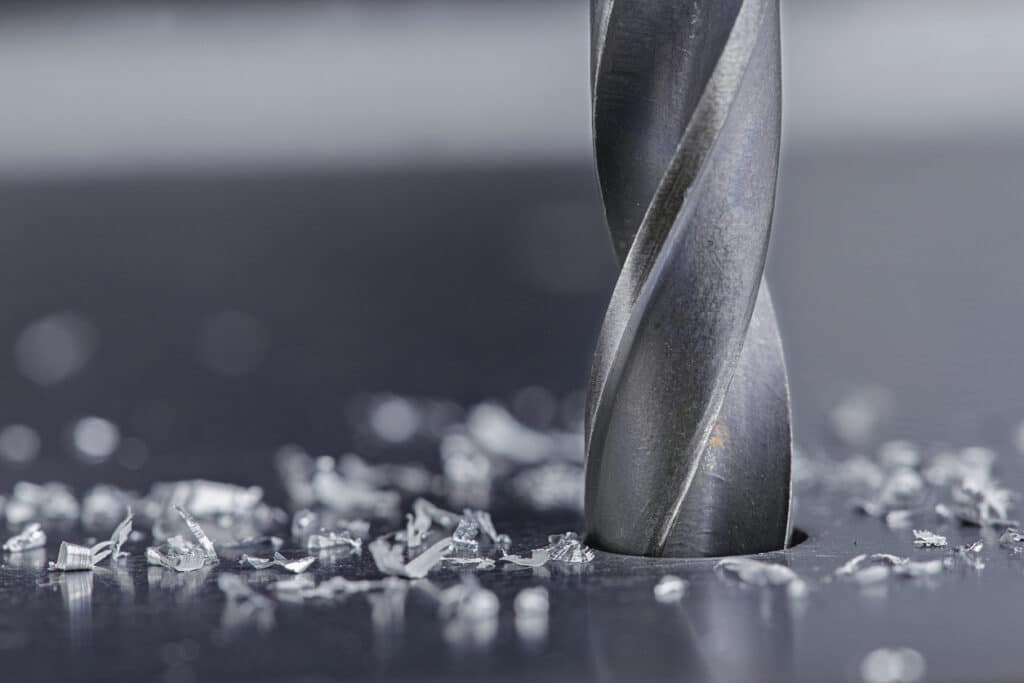
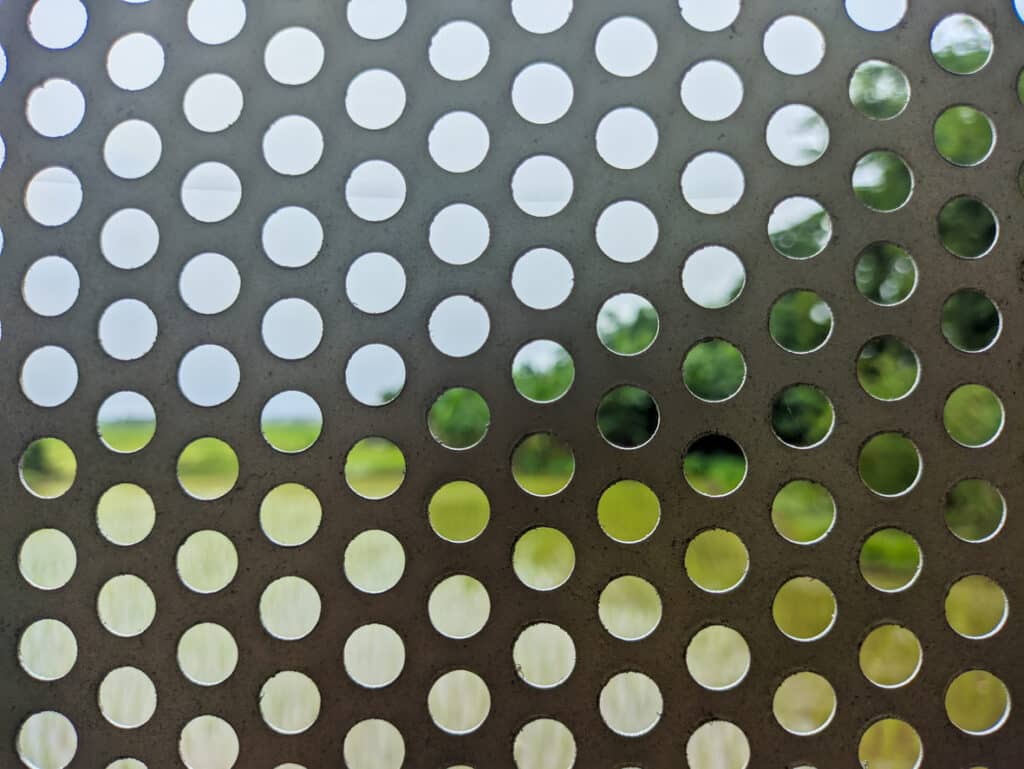
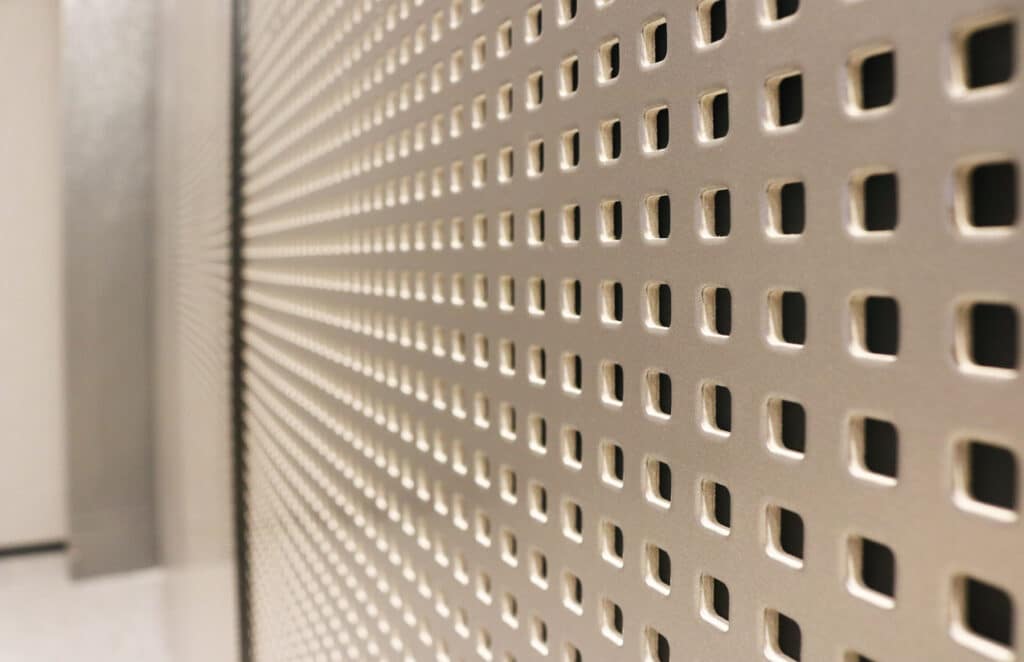




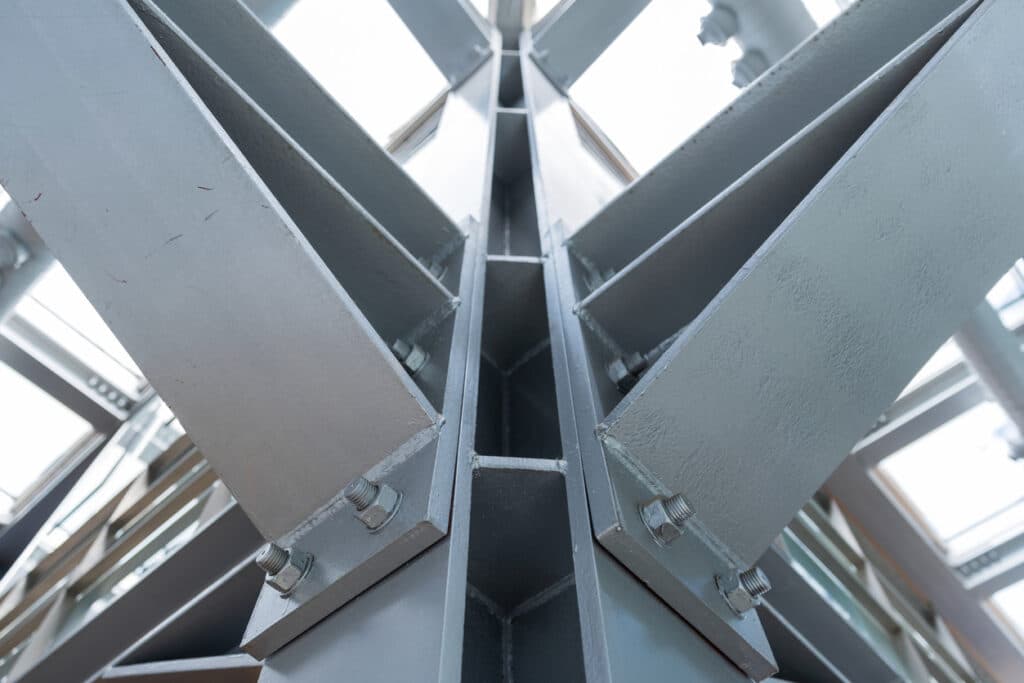

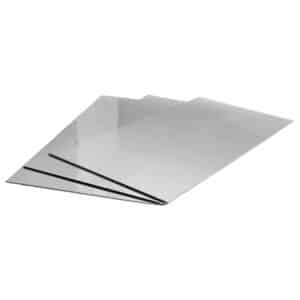


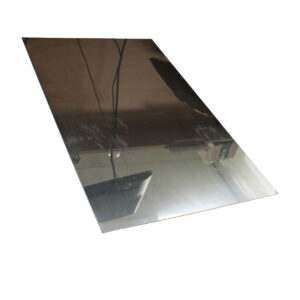

Speciality Metals
Unit 1, Farrell Street, Warrington,
Cheshire, WA1 2WW, United Kingdom
Quick Links
Payment Options
